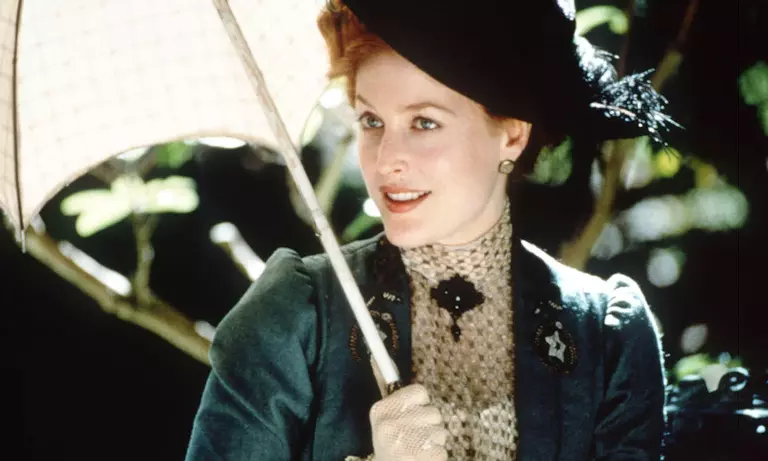
Dir. Otakar Vávra, Czechoslovakia, 1970, 107 mins, subtitled
Cast: Vladimír Smeral, Elo Romancik, Josef Kemr, Sona Valentová
Review by Colin Dibben
A gripping, tense and harrowing film that should leave all viewers raging against the self-interested machinery of tyranny.
It’s the late 1600s in Moravia. An old woman receiving communion is caught hiding her wafer. She tells the priest that she’s going to give it to a friend; the friend is going to feed the wafer to a cow who has stopped giving milk. The priest tells the local landowner, a countess, who counsels with her clergymen. Enlightened deacon Lautner (Romancik) dismisses the affair, asking why ignorant superstitions should be punished; but the other clergymen agree that an independent court of inquisition should be set up, presided over by failed lawyer turned tavern keeper Boblig (Smeral).
And so, a vortex of misogyny, repressed lust, envy, lies, torture, self-aggrandisement and barbarous immolation starts to twist and turn. Soon it will destroy the whole community.
The feeling of adrenalized dread kicks in from the first minutes of Vávra’s widescreen black and white film. The direction of the story may be obvious but there’s something special about the nuances Vávra and co-writer Ester Krumbachová (who co-wrote the classic Czech New Wave films Daisies and Fruit of Paradise with Vera Chytilová) bring to the screenplay.
Not only did they use court transcripts from the real Boblig witch trials (1678 to 1695) in the film script, but the story is intercut with close-ups of a ravaged, cowled face spitting out hallucinatory, hate-filled invective which I assume are passages from the popular if infamous 15th century witch hunter’s manual Malleus Maleficarum or Witches’ Hammer.
These material, textual references are important because this film, unlike say Miller’s The Crucible, downplays the role of both hysteria and religious (including pagan) belief in witch hunts; in favour of examining the agendas of the executives of a law that’s cruel and contradictory even before the ‘folk law’ of Malleus Maleficarum is brought into the equation.
Who needs religious hypocrisy when it’s the logic of the law being implemented here that requires, for example, the accused to prove their innocence? Who needs religious hypocrisy when the entire court script is written by Boblig?
Boblig and his gargoyle of an accomplice, Ignác (Kemr), torture women until they can feed them the denunciations they will repeat before the court, lines that allow Boblig to incriminate the richer residents of the community and confiscate their possessions and wealth.
Folk superstition becomes the site of a political struggle, a power grab that’s fired by class envy more than religious belief. And torture is that power grab’s ultimate weapon; with it the script comes full circle.
For the grim and inescapable truth first set out by one of the clergymen still holds as the credits roll: torture will eventually make the tortured say what the torturer wants them to say. There is no hero’s escape possible.
Smeral is truly disturbing as the lascivious, drunken lout with the law book on his side. His villain is comical in his monstrosity, but no less monstrous or credible for that reason. Romancik plays the stolid, flawed hero well too.
Sona Valentová as Suzana, Lautner’s young lover, is the film’s iconic example of woman subjected to and crucified by a very male law. Her naked body has featured on much of the film’s publicity over the years, leading Witchhammer to be misconstrued as a horror or exploitation film.
But Witchhammer presents all the victims in an ethical and differentiated fashion.
Witchhammer is out on DVD and Blu-ray on 30 November.







